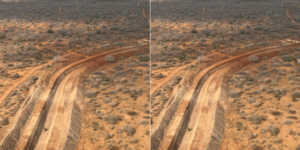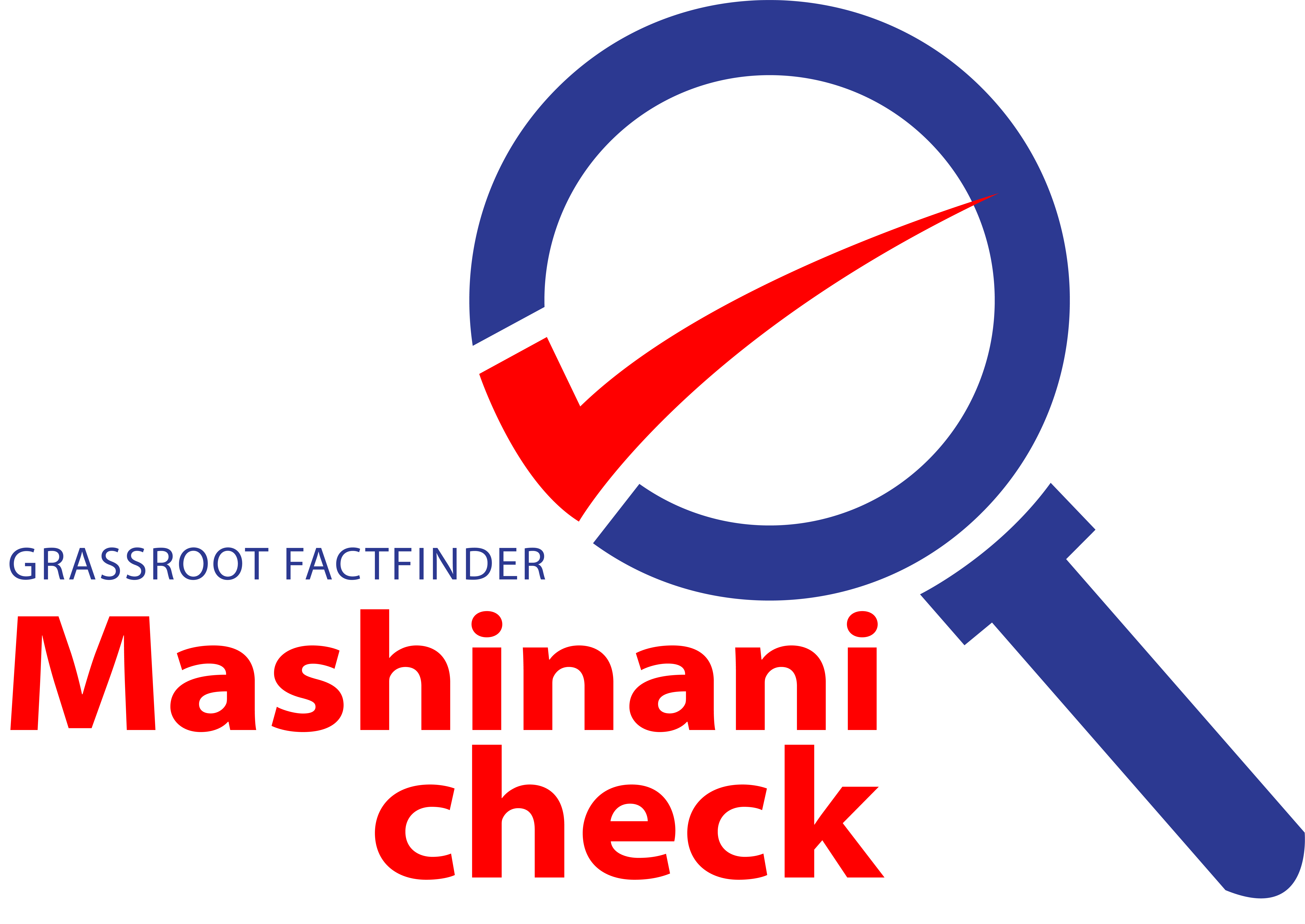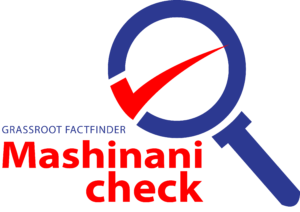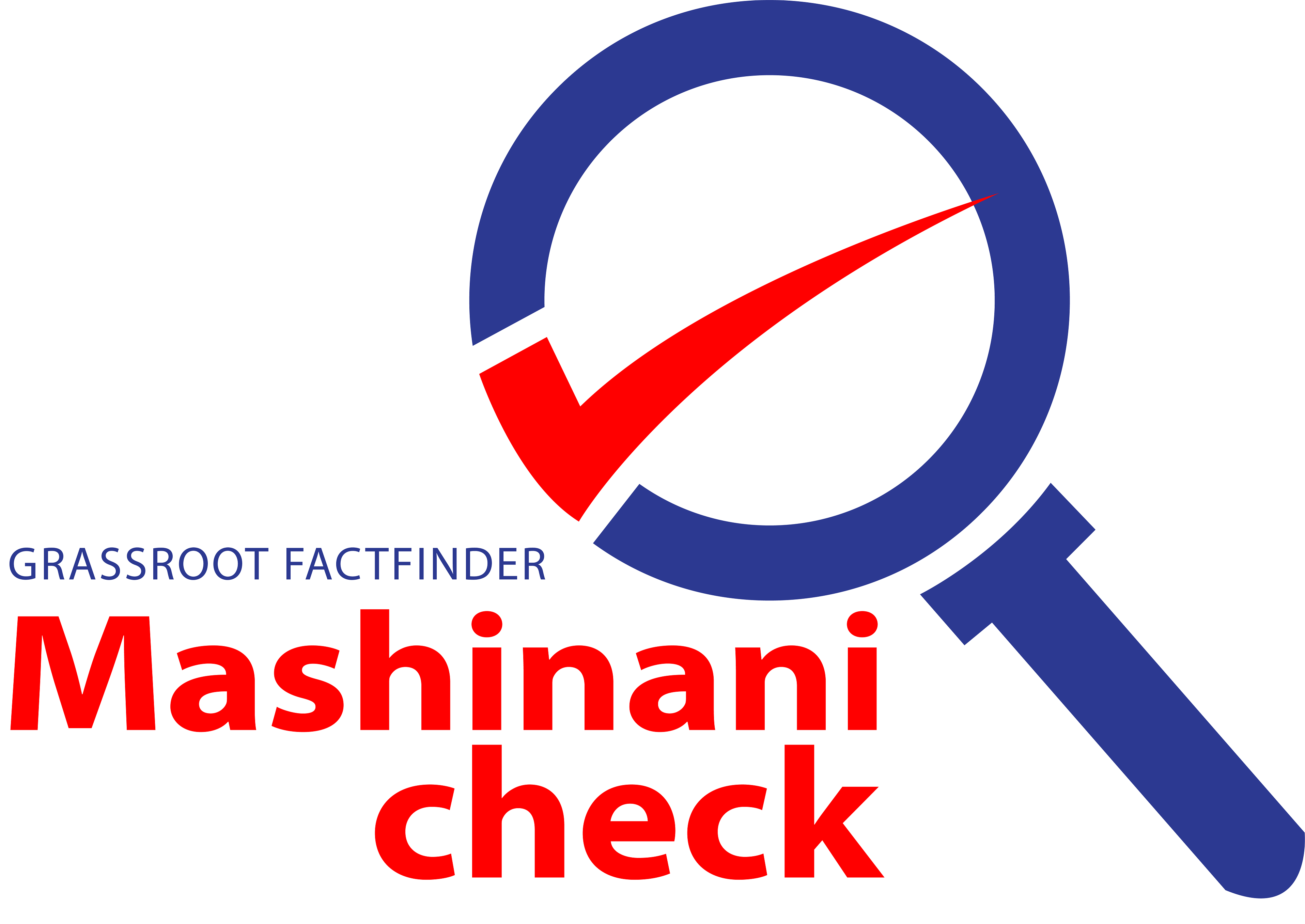
A claim circulated on social media platforms, particularly on X (formerly Twitter) and Facebook, alleged that illegal mining activities were taking place within Tsavo National Park.
Sources of the Claim
The claim gained significant attention, prompting concerns among environmentalists, park visitors, and the public about the potential impact on Tsavo National Park’s natural resources.
Fact-Checking Process
Investigation of Mineral Presence in Tsavo National Park
A report published by THE STAR on March 26, 2024, revealed that there had been attempts by artisanal and small-scale miners to invade Tsavo National Park due to its richness in minerals such as Tsavorite, Ruby, Chrome Tourmaline, and Tanzanite.
The report indicated that discussions were ongoing among stakeholders to regulate any potential mining activities within the park. However, no actual mining had been authorized at the time.
Contradictory Information
Another report by THE STANDARD highlighted opposition from gemologists against the proposal to allow mining activities in the park. The opposition was based on concerns about the negative impact on the environment, wildlife, and tourism.
Reverse Image Search
Images accompanying the social media claims were subjected to reverse image searches using tools like Google and Yandex. The searches revealed that some of the images had been linked to other locations, including the Omo River in Ethiopia, rather than Tsavo National Park. This indicated that the images used in the claims were not directly related to the park.
Response from Kenya Wildlife Services (KWS)
A thorough check of the official Kenya Wildlife Services (KWS) social media pages and website www.kws.go.ke was conducted to verify if the claim had been addressed.
On the evening of the same day, KENYA WILDLIFE SERVICES(KWS) issued a clarification through their Facebook page stating that the images in question were of Galana Ranch, which is adjacent to Tsavo East National Park, not the park itself.
Citizen tv reports that the claim was false CITIZEN TV.
Where the search engines displayed claims on alleged mining and diversion of rivers in the park (Refer to Image below) Yandex tool displayed a similar image linking the river with Omo in Ethiopia.
Further search through Kenya Wildlife Services social media site www.kws.go.ke to determine if the claim has come to their attention, didn’t bear fruits until 2124 HRS when they clarified about the same on their Facebook page KENYA WILDLIFE UPDATE. Following the Facebook update by the Kenya Wildlife Services, it was noted that images were of Galana Ranch which is adjacent to the Tsavo East National Park which covers 13,747 Square kilometers while Tsavo west covers 9,065.
Conclusion
The claim that illegal mining activities are occurring within Tsavo National Park is false and misleading. The images shared in the viral posts belong to Galana Ranch, managed by the Agricultural Development Corporation (ADC), and not Kenya Wildlife Services (KWS). There is no evidence of unauthorized mining within Tsavo National Park.




